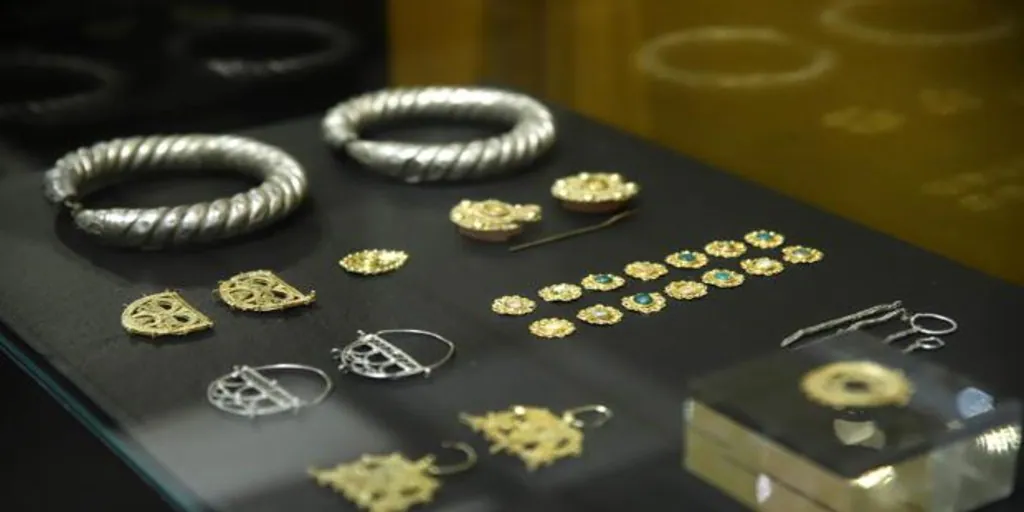Córdoba
Keep
Many of the great archaeological discoveries They have a similar origin: a farmer working the field finds an old piece. Sometimes they offer striking matches. The discovery takes place after a storm or a rain so strong that, when the land is washed, things that were hidden come out. They are even discovered – in the case of metal objects – because they shine or shine when the sun’s rays hit them.
We have to assume that in many cases the finding was never made public and whoever did made a clandestine profit. But, in some of the cases that we know of, the modus operandi has curious similarities. Here are two examples of archaeological finds that have a lot in common. The first occurred in 1858, reigning Isabel II. The daughter of a peasant from the Toledo town of Guadamur, who was returning from Toledo, found the most important collection of Visigothic pieces of goldsmithing, because a storm had exposed it and shone with the last rays of the sun. that is known. His family loaded him onto the shoulder of one of the mules and kept him hidden. They sold pieces to Toledo jewelers who ended up in the crucible.
When the discovery became known in Spain, what remained was in France. It was tried in vain to recover it. Only in 1941, the Vichy regime agreed to return part of that treasure. I have told that story, in which the illustrious Baenense Don Amador de los Ríos had a notable role in ‘The last Visigothic treasure’.
More than a century and a half later, in February 2020, another find was made on a farm in the municipality of Baena. After a heavy rain, something gleamed between the furrows and caught the attention of a farmer. The finding has come to be called the ‘Treasure of Baena’. The archaeologist Alejandro Ibáñez has pointed out that this diminutive is inappropriate because it has an extraordinary value. It is Andalusian jewelery from the 11th century and is made up of 98 pieces of gold, silver or gilt silver, 31 glass paste beads, 14 cut quartz or rock crystal stones, four of pink coral and 476 pearls, that is to say , small beads of irregular shape.
A complaint led to the intervention of the Civil Guard and the author of the finding, who kept it secret, had to show them. He carried them in the trunk of his vehicle. Time passes, but there are things that remain. These pieces can be seen in an exhibition at the Archaeological Museum of Córdoba. They will reveal to us some things about the Andalusian world that at the beginning of that century experienced the crisis of the Cordovan caliphate.
See them
comments


